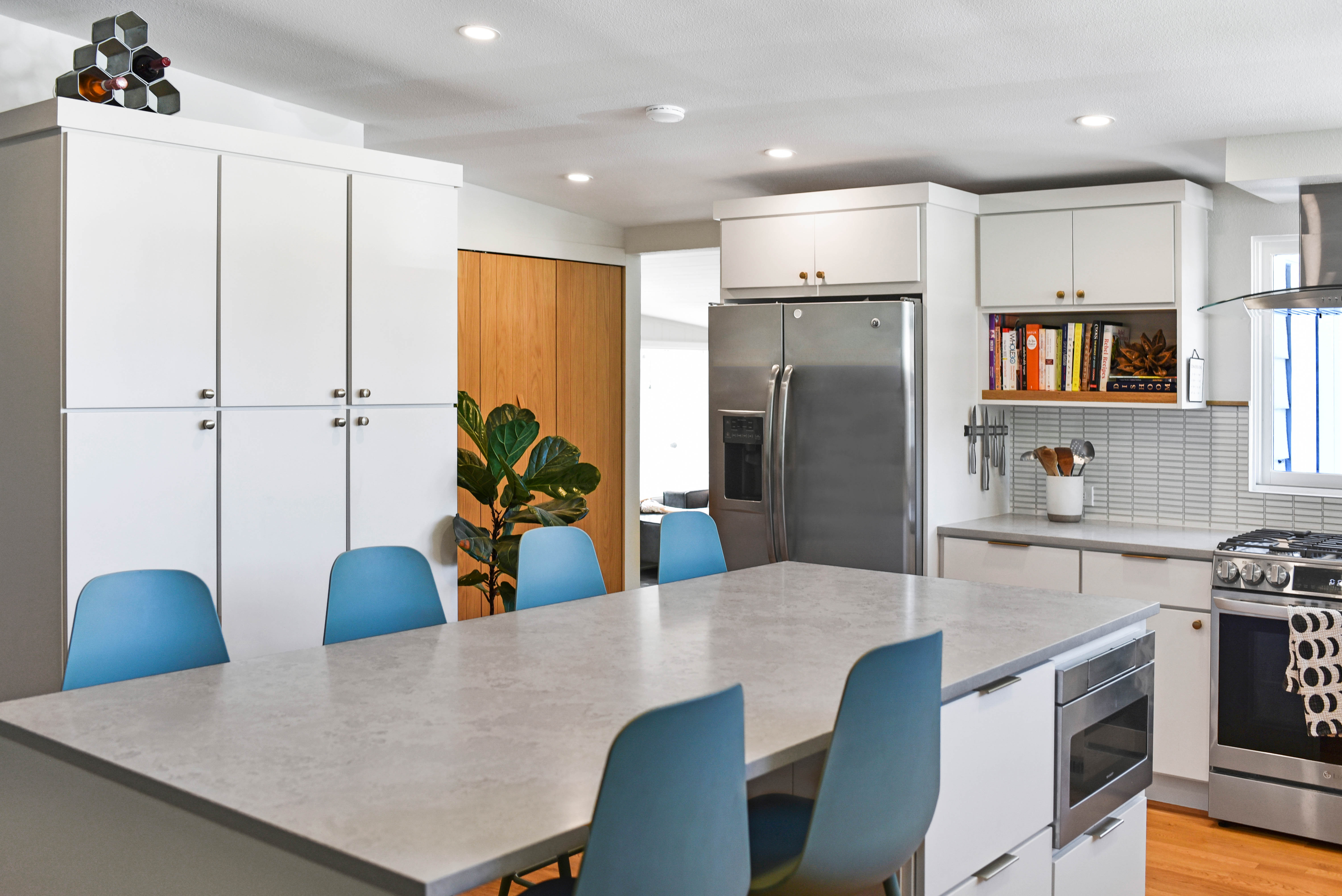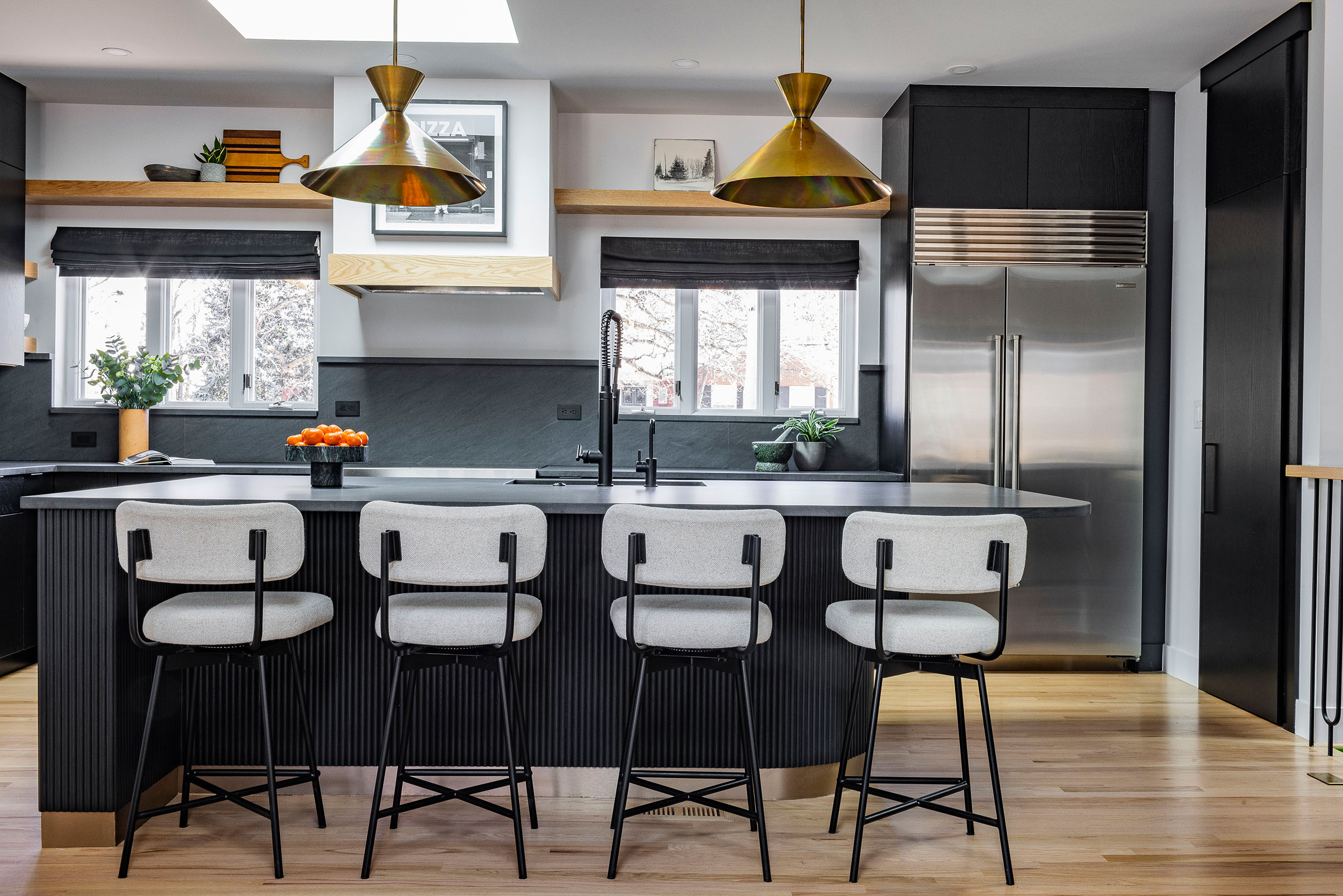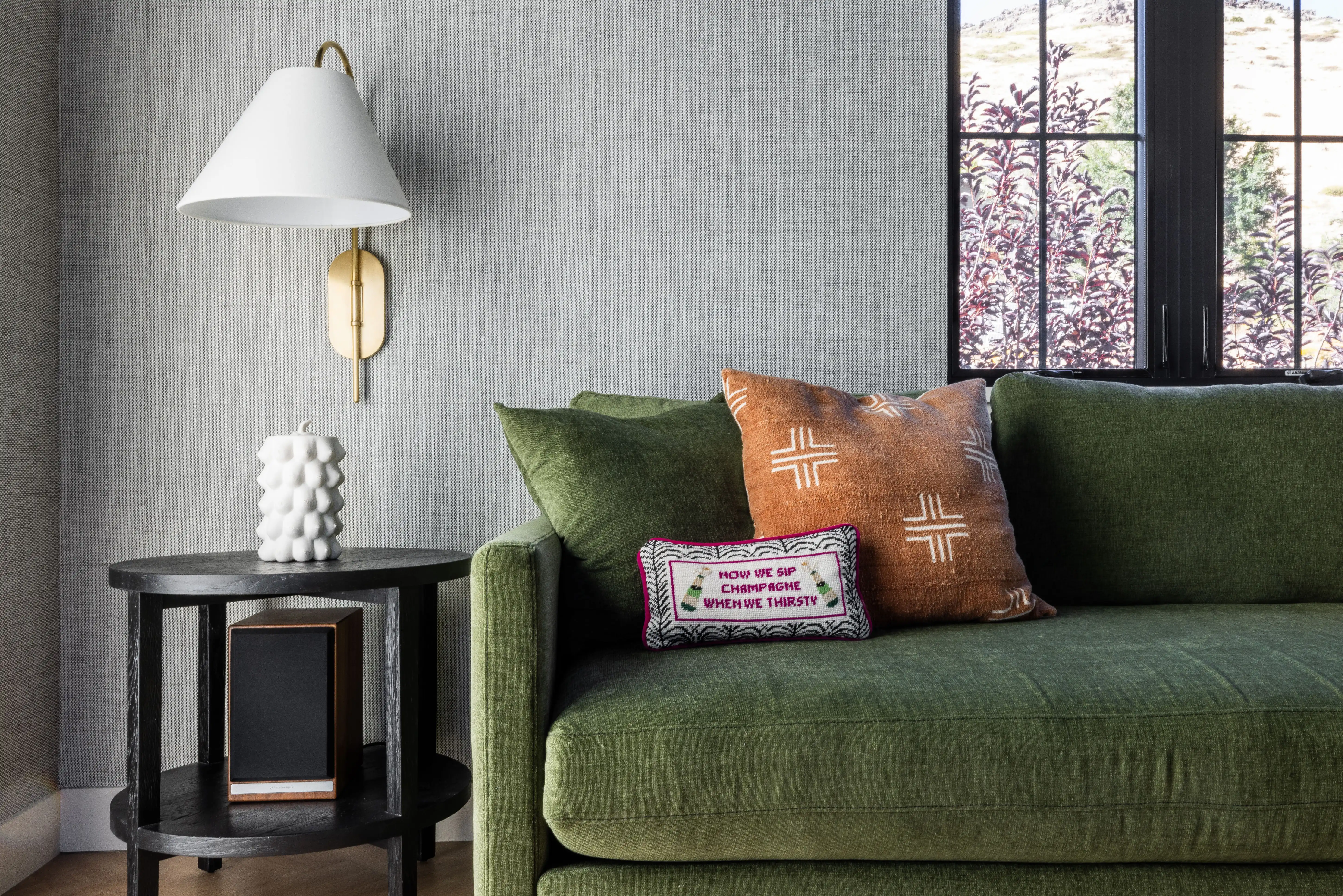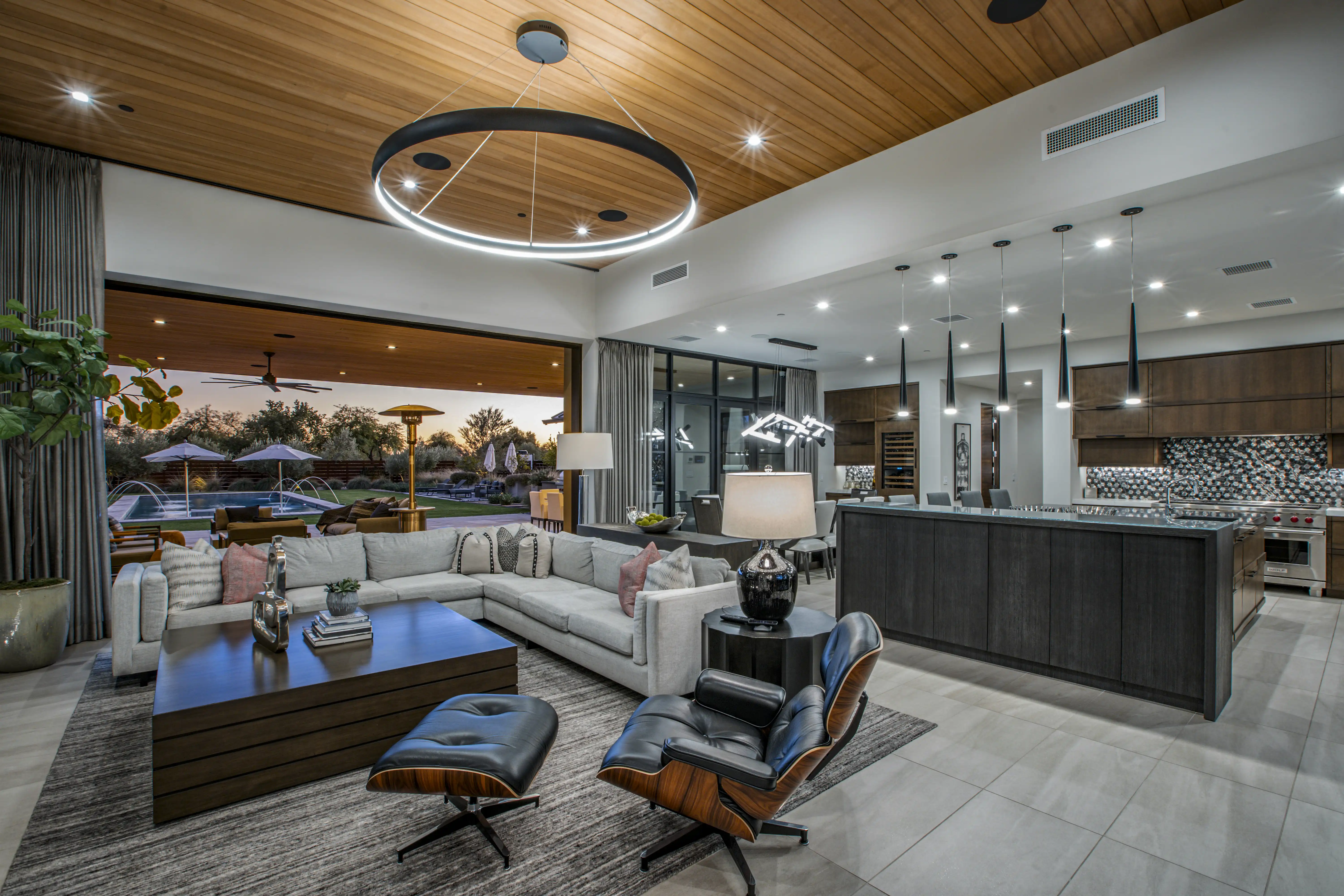The Ingredients of a Successful Home Building Project | Your Checklist for Success

Ready to reimagine your home or build something entirely new from the ground up? Building projects, whether renovation or new home construction, are inherently complex and they can be overwhelming. And, while creating a beautiful new space for you and your family is a great investment from a lifestyle and financial standpoint, getting started can be downright intimidating.
With a little preparation and a plan in place, your project can be exhilarating rather than stressful. We’ve captured some tips and tricks in the form of a practical project planning checklist you can use to get the ball rolling and prepare for your first conversation with potential design and construction partners. By completing these steps before a single shovel hits the ground, you will lay a solid foundation for your dream home.
Step 1: Define Your Vision and Goals
- Define Your "Why." What is the core reason for your project? Is it to accommodate a growing family, create a personal sanctuary, or build a home that better accommodates a unique lifestyle?
- Create a Detailed Vision. Go beyond broad ideas. Create a detailed wish list and "must-have" list. Consider how you live in your home and what could be different to help you live your best life. Do you love entertaining? Large groups or small groups? Indoors or outdoors? Do you work from home? Secondly, what are the features that will make it effortless to live life the way you want? Smart home technology, a professional-grade kitchen, a spa-like master bath, or a dedicated home theater?
- Gather Inspiration. Collect images and ideas from various sources (Pinterest, Houzz, architectural magazines, design blogs). Organize them into a digital or physical mood board to clearly communicate your aesthetic and functional preferences. Revisit them regularly and add or edit as your ideas begin to coalesce.
- Establish a Realistic Budget. This is arguably the most critical step. Consider the value you are looking to create with your project alongside the space and living you’d like to bring to life. Want to vet a realistic budget? Schedule your free consultation with a Story professional here.
- Understand Your Timeline. Be realistic about the project's duration and make a plan that works for you and your family. A luxury custom build or a whole-house renovation can take a year or more. Factor in time for design, permits, material selections, construction, and ultimately furnishing your home.

Step 2: Assemble Your A-Team
- Research and Vet Professionals. This includes architects, interior designers, and a general contractor, and potentially subcontracted trades. Consider working with a design-build firm with a team that includes architects, interior designers, project managers and construction professionals all under one roof to simplify the legwork and logistics. Look for firms with a track record of luxury projects, and a proven process that will provide transparent understanding of design and material decisions, timeline and budget.
- Ask for and Check References. Don't just ask for references; call them. Ask past clients about the firm's communication, professionalism, and ability to stay on budget and on schedule.
- Review Portfolios. Look at their past work. Does it align with your style? Are the projects of a similar scale and complexity to yours?
- Conduct In-Person Interviews. Interview several candidates. Pay attention to how they listen to your vision and if you have a good rapport with them. Are they responsive and timely during the proposal and bidding process? Are they transparent about the process, plan and timing? This is a long-term relationship, and trust is essential.
- Confirm Licensing and Insurance. Verify that your chosen firm and their subcontractors are properly certified, licensed and insured. This protects you from liability and financial risk.

Step 3: Establish a Pre-construction Plan
- Finalize Your Design and Plans. Collaborate with your design-build partner to finalize all architectural drawings, floor plans, and elevation designs. Make sure every detail is accounted for before construction begins, and that there is a clear system or plan in place to provide real time updates on your project.
- Make All Selections Early. This cannot be stressed enough. Choose your materials, finishes, fixtures, appliances, and cabinetry well in advance. Delays in material selection are a leading cause of project delays and budget overruns.
- Understand the Contract. Read your contract carefully. Ensure it includes a clear scope of work, detailed specifications for materials, a payment schedule, a timeline with key milestones, and a clear process for handling change orders.
- Secure All Permits and Approvals. Work with your contractor to ensure all necessary building permits, zoning approvals, and local ordinances are addressed and secured before construction starts. This can be a lengthy process, and it should start as early as possible. This is yet another way a design-build partner can simplify and speed the process.
- Secure Financing as Necessary. Work with a financial institution to secure a construction loan if needed. Understand the draw schedule and how funds will be disbursed throughout the project.
- Prepare for Temporary Living Arrangements. If you are renovating your current home, plan for where you and your family will live during construction. This is especially important for full-gut renovations. Read more here about how to decide whether to stay in your home or move out temporarily.

Phase 4: Communication. Communication. Communcation.
- Establish a Communication Plan. Agree on a communication schedule with your project team, or better yet, choose a partner with a client portal and process in place so that you don’t have to chase down details. The plan should include regular meetings, site visits, and preferably an online project dashboard like our client portal. [link to portal page when ready]
- Stay Involved AND Trust Your Team. While it's important to stay engaged and check in on progress, avoid micromanaging. A professional team is on the job for a reason. Trust them to manage the day-to-day details.
- Keep Track of Everything. If your partner doesn’t provide a Client Project Portal, keep a binder or digital folder with copies of all contracts, plans, invoices, and communication. This will be invaluable if any disputes or questions arise.
- Be Flexible and Expect some of the Unexpected. Despite the best-laid plans, unexpected issues can arise. Be prepared for potential setbacks due to weather, material shortages, or unforeseen site conditions. Your contingency fund and a flexible mindset will be your greatest assets.
By checking off each item on this list, you’ll set your home project up for success and be ready to embark with confidence and clarity in bringing your dream home to life.
Ready for your free consultation? Click here to get the process started!



